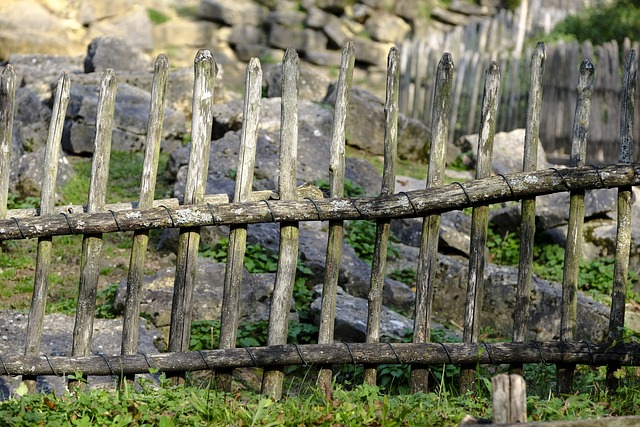In the heart of New Bedford, MA, a growing awareness of environmental sustainability is reshaping urban landscapes. This article delves into the world of eco-friendly fencing materials and their profound benefits for both homeowners and the local environment. We explore diverse options available to New Bedford residents, highlighting how sustainable fencing can enhance aesthetics, reduce maintenance, and contribute to a greener cityscape. By embracing these innovative choices, communities can foster ecological balance while enhancing property values.
- Exploring Eco-Friendly Fencing Options in New Bedford
- Benefits of Sustainable Fencing Materials for Your Property
- Popular Eco-Conscious Fencing Choices for Local Residents
- How Green Fencing Enhances New Bedford's Environment
Exploring Eco-Friendly Fencing Options in New Bedford
In New Bedford, MA, exploring eco-friendly fencing options is not just a trend but a responsible step towards sustainable living. The city, with its rich natural surroundings, encourages residents to choose materials that minimize environmental impact while enhancing property aesthetics. One of the primary benefits of eco-friendly fences is their ability to break down naturally over time, reducing waste and the need for frequent replacements.
New Bedford offers a variety of options, from recycled plastic and wood composites to organic bamboo and post-consumer content vinyl. Each material has unique advantages, such as resistance to rot, insect damage, and UV degradation, along with excellent durability. Locals are also embracing innovative designs that incorporate living plants, creating green fences that serve as both beautiful landscapes and effective barriers.
Benefits of Sustainable Fencing Materials for Your Property
Sustainable fencing materials offer numerous advantages for homeowners and the environment in New Bedford, MA. One of the key benefits is their ability to reduce a property’s carbon footprint. Traditional fencing often involves resources that contribute to environmental degradation, but eco-friendly options are made from recycled or renewable materials, minimizing waste and lowering energy consumption during production. This is especially beneficial for those looking to enhance their home’s green credentials.
Additionally, these materials can provide long-term savings. While the initial cost might be higher, sustainable fencing is durable and requires less maintenance over time. They are often designed to withstand harsh weather conditions and do not need frequent replacement or repair, reducing overall expenses. This longevity also translates into less waste ending up in landfills, contributing to a more sustainable community.
Popular Eco-Conscious Fencing Choices for Local Residents
In New Bedford, MA, residents increasingly opt for eco-friendly fencing materials, aligning with a growing consciousness about environmental sustainability. Among the popular choices are recycled plastic and metal fences. Recycled plastic fencing, made from repurposed materials like bottles and other waste, offers durability and low maintenance while reducing plastic waste in landfills. Metal fences, particularly those crafted from recycled steel or aluminum, provide longevity and security, also contributing to a cleaner environment by minimizing the need for new material production.
These eco-conscious options not only benefit the planet but also enhance the aesthetic appeal of properties. Recycled plastic fencing often comes in various colors and textures, allowing homeowners to customize their outdoor spaces. Metal fences, with their sleek and modern designs, add architectural interest while promoting a sense of community among neighbors committed to sustainable living practices.
How Green Fencing Enhances New Bedford's Environment
In New Bedford, MA, the adoption of green fencing materials is a significant step towards a more sustainable and environmentally friendly urban landscape. These eco-friendly alternatives to traditional fencing offer numerous benefits that go beyond aesthetics. By using materials like recycled plastic, bamboo, or organic wood treated with non-toxic preservatives, green fencing helps reduce pollution and waste, as these options are often made from post-consumer recyclables or rapidly renewable resources.
Moreover, green fencing contributes to the city’s biodiversity by providing habitats for local wildlife. The natural barrier it creates supports bird populations, offers shelter for small animals, and promotes a healthier ecosystem within urban areas. Additionally, these types of fences require less maintenance than conventional options, reducing the environmental impact associated with manufacturing and disposal. This sustainable approach not only enhances New Bedford’s green spaces but also fosters a sense of environmental responsibility among residents.
